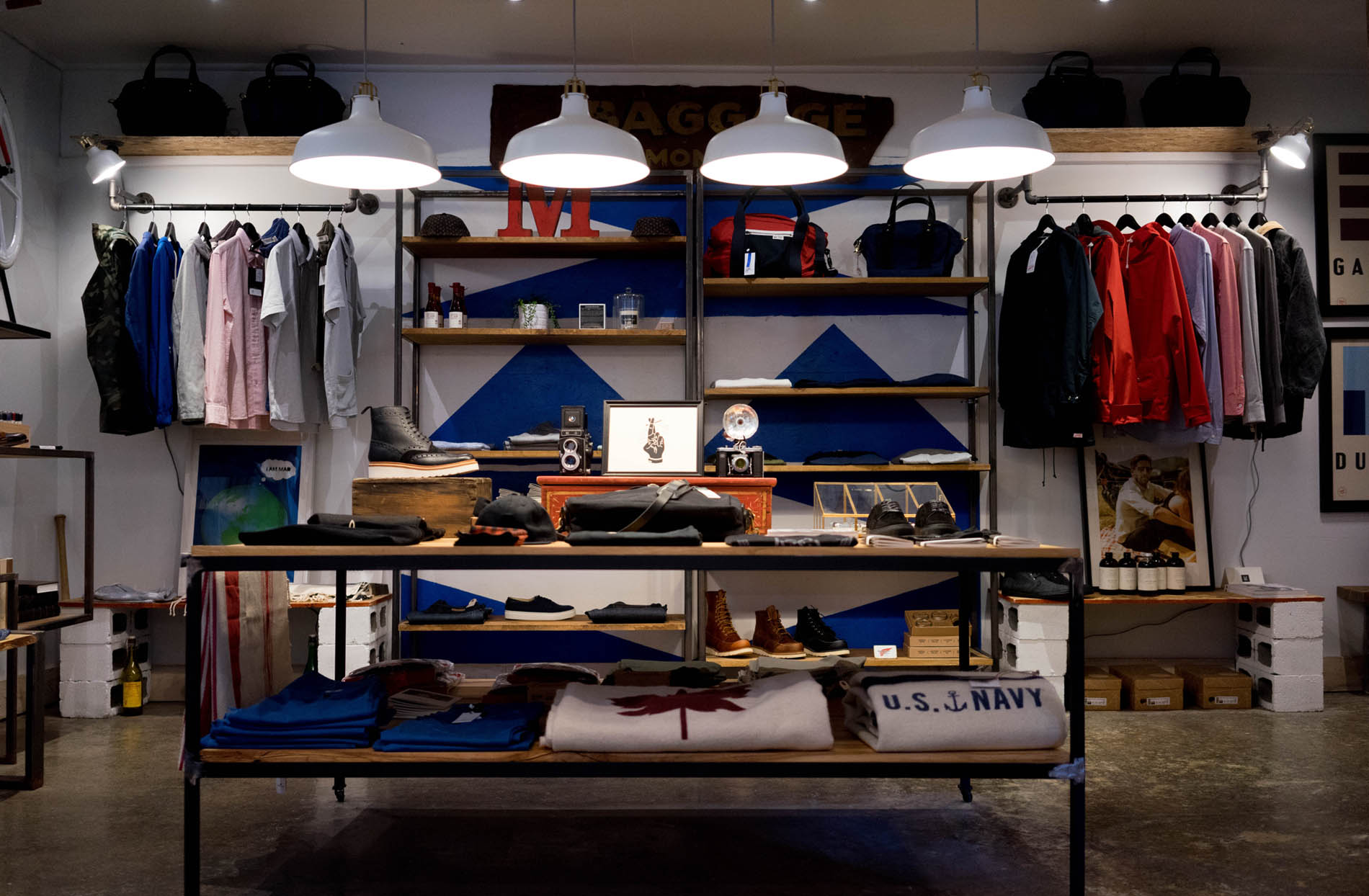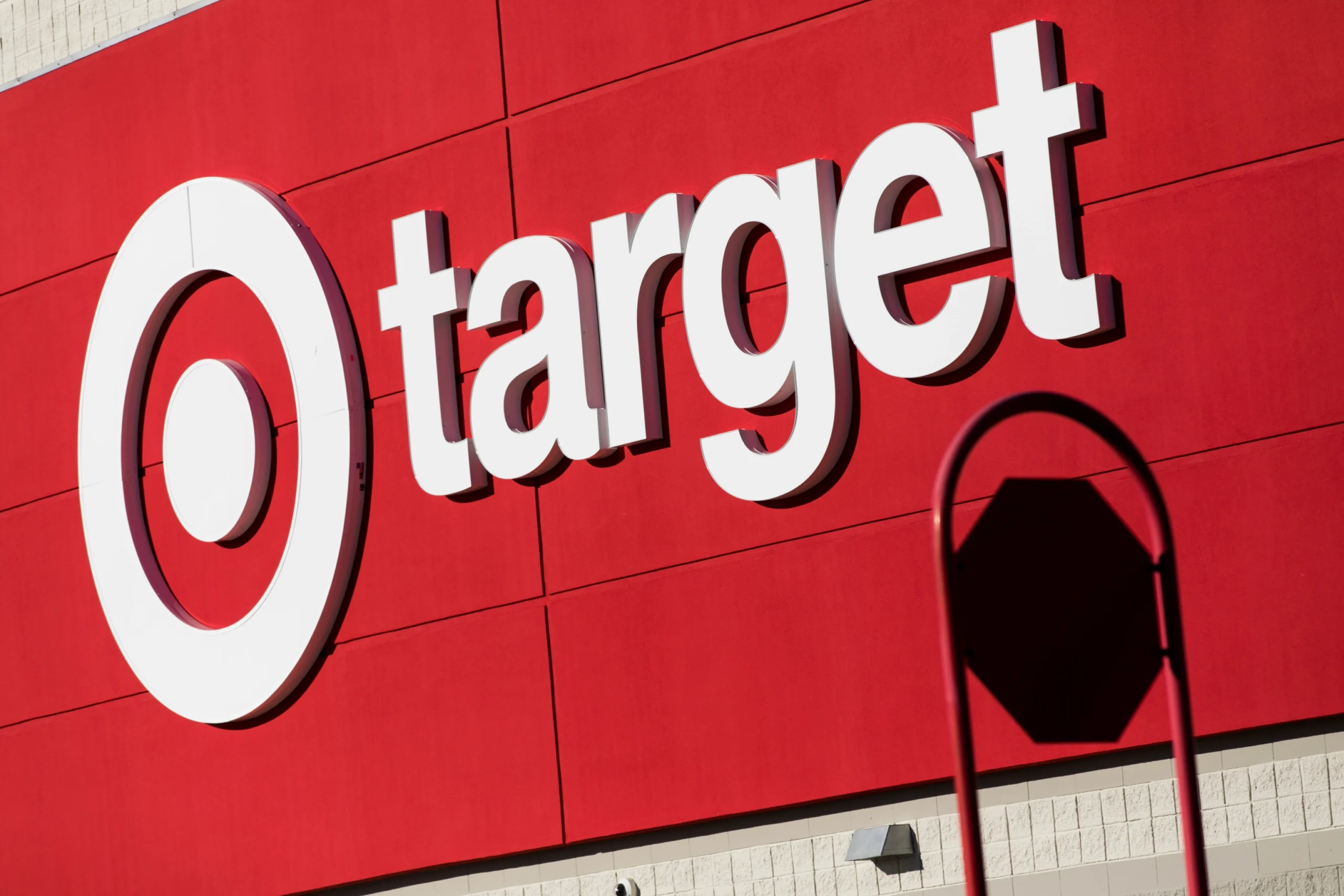Wholesale product entrepreneurs face critical decision-making scenarios when it comes to retail product pricing. It’s essential to know just how much you can raise your margin to end up with a reasonable profit without compromising your shot at the market, especially with active competitors on the sideline.
Luckily, you only need to follow a few easy steps in organizing your retail pricing objectives, which will help you in coming up with a manufacturer’s suggested retail price (MSRP). You should then provide the suggested retail price to the retailers who will be selling your product. By doing this, you can establish a markup percentage that’s profitable for you and your retailers. Otherwise, how else can you close that deal?
Before we get into more in-depth details about retail product pricing, we need to answer the most pressing question of wholesalers:
How much should I pay retailers for selling my product?
Payments to retailers are usually in the form of consignment, so you shouldn’t worry about how you’re going to pay them. It’s only a matter of time.
When doing business with retail stores, you have to be strategic on how you position the percentage of splitting your revenue. Your costs should be seriously taken into account before granting a final split percentage.
Several factors lie in your product costs, such as procurement, manufacturing, and pricing. Then you have to observe the demand for your product.
Negotiations happen between the two parties. In some cases, revenue is split 60/40, 60 percent goes to the retail store, and 40 percent goes to you. You can have an initial agreement, but sometimes, you have to open renegotiations on products that are incredibly gaining momentum in sales. Mind you, they’re hard to come by, and you as the wholesaler has the advantage in setting up the right price for that specific retail product.
This is commonly where retail product pricing becomes critical. If you position your product costs and your wholesale price with market considerations, you can increase your profit margin while keeping your retailers happy. So, here’s how you do it.
Understanding the Importance of Strategic Pricing in Retail
Pricing decisions have a direct impact on a retailer’s profitability and competitiveness, making it one of the most crucial decisions managers have to make. However, many businesses underestimate the importance of strategic pricing for driving growth. According to the 2019 Global Pricing Study conducted by Simon Kucher & Partners, only 12% of businesses identified price as the biggest driver of future profit growth. Furthermore, only about half of businesses have a pricing strategy in place, according to a survey conducted by the Institute for International Research and Zilliant.
- Why is strategic pricing important?
Simply put, strategic pricing can make or break a business. If you set prices too high, it can shut you out of competition with other retailers, but if the pricing is too low, it can prevent you from covering your production and other associated costs.
- What is the current state of strategic pricing?
Many businesses are still not taking advantage of strategic pricing, with only about half having a robust pricing strategy in place.
- What are the barriers to implementing strategic pricing?
Retailers have been discouraged from developing and implementing effective strategic retail pricing policies for a number of reasons.
- Laissez-faire attitude inherited from the 1990s
- Price-optimizing research can be time-consuming
- There is complexity in existing price research
The Power of Retail Price Formulas
Let us understand the retail price first. Retail price is the cost a consumer pays for an item at a given marketplace. It is determined by adding a markup to your costs of goods sold. The most common retail price formula is the single-factor cost-plus model and it involves estimating your cost of goods and adding that to your target markup.
However, there are several other retail price formulas that can provide even more nuance when making pricing decisions such as Break-Even Analysis, Contribution Margin, Cost of Goods Sold, Gross Margin, and many others.
Finding The Right Price For Retail Products in 5 Quick Steps
1. Market Research
Your target market differs in every product. They’re divided into three price points: low, medium, and high. For example, high-end products belong in the high price point, where consumers are within the middle to high classes.
In terms of demand, that will either be high or low, but you won’t know that until after you observe it in action. Either you test it yourself or study how well your competitors of the same product are doing with their current market.
2. Calculate Cost of Goods
It would be best if you were specific in calculating how much each product costs from the material, labor, and other overheads such as shipping and handling fees. This number will play an important role in setting your prices from wholesale to retail.
From this, you can calculate the retail markup without selling yourself short. And through this, you’ll know how much you can afford to offer to your retailers where both parties win the game at the end of the day.
3. Wholesale Pricing
The next thing you need to do is to set up your profit margin to 30 percent, most often at the very least. You can play on-demand products up to 50 percent maximum. If you go higher than this, you’ll give very little room for your retailers to wiggle around with their markup percentage and profit in the long run.
Retailers will most likely set up a profit margin of 55 to 65 percent, which is the usual ballpark for consumers. Let’s say you increase your profit margin to 10 percent. It’ll be tight for retailers to increase their percentage markup higher than how much the consumers are willing to pay for the product. And, retailers might not be ready to risk a 45 percent profit margin at the very least.
4. Establish a Suggested Retail Price (SRP)
You can provide a suggested retail price to ensure that your retailers will sell at the same rate your other retail partners are selling.
Let’s say a product’s initial wholesale price is $10, with a 50 percent markup percentage.
First, calculate the retail price:
Wholesale Price / (1 – Markup Percentage) = Retail Price
$10 / (1 – .50) = $20
Then, check the wholesale price:
Retail Price x (1 – Retail Margin) = Wholesale Price
$20 x (1 – .55) = $9
Lastly, calculate the target cost price:
Wholesale Price x (1 – Wholesale Margin) = Target Cost Price
$9 x (1 – .50) = $4.5
So, to keep it at a $20 suggested retail price, you need to target a $4.5 cost of goods (COG) and sell at a $9 wholesale price to give yourself a 50 percent profit margin and your retailers a 55 percent profit margin.
5. Calculate Your Direct-to-Consumer Profit Margin
Aside from establishing your retail profit, it’s also wise to set up a direct-to-consumer profit margin.
From the example above, your wholesale margin is at:
(Wholesale Price – COG) / Wholesale Price = Wholesale Margin
($9 – $4.5) / $9 = 50%
When retailers use your SRP, your retail margin will be at:
(Retail Price – Wholesale Price) / Retail Price = Retail Margin
($20 – $9) / $20 = 55%
But, if you sell straight from your own store, your direct-to-consumer margin will be at:
(Retail Price – COG) / Retail Price = D2C
($20 – $4.5) / $20 = 78%
You can still profit from consumers who buy directly from your store even though you are targeting retail stores. You’ll be increasing your profit margin while shoppers pay for the same market price.
Summary
A successful product launching depends highly on smart retail product pricing. So, if you conduct market research on achievable retail price, it establishes realistic profitability for both wholesalers and retailers. You’ll even save a lot of trouble wondering just how much you should pay your retailers for selling your product. And if you stick to your retail pricing objectives, you’ll be able to compete with the market with a much greater advantage.
Have you considered launching your product brand in retail? If so, our team at Retailbound can help. Since 2008, we have helped countless product brands launch and grow in the retail space. Contact us today to get more information.
About the Author
Yohan Jacob is the President and Founder of Retailbound. Retailbound is a comprehensive retail channel management consultancy that helps brands launch and scale their products in over 150+ retailers in both the US and Canada. Specializing in bridging the gap between product creators and retailers, Retailbound offers a range of services from retail strategy development, buyer engagement, sales management and channel marketing support. Whether the client is a startup or an established brand, Retailbound provides expert guidance to increase their retail presence, navigate buyer relationships, and drive sales growth both in-store and online.



